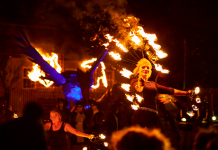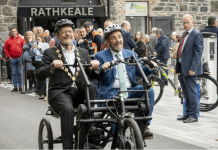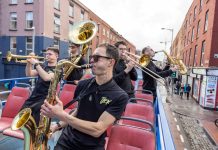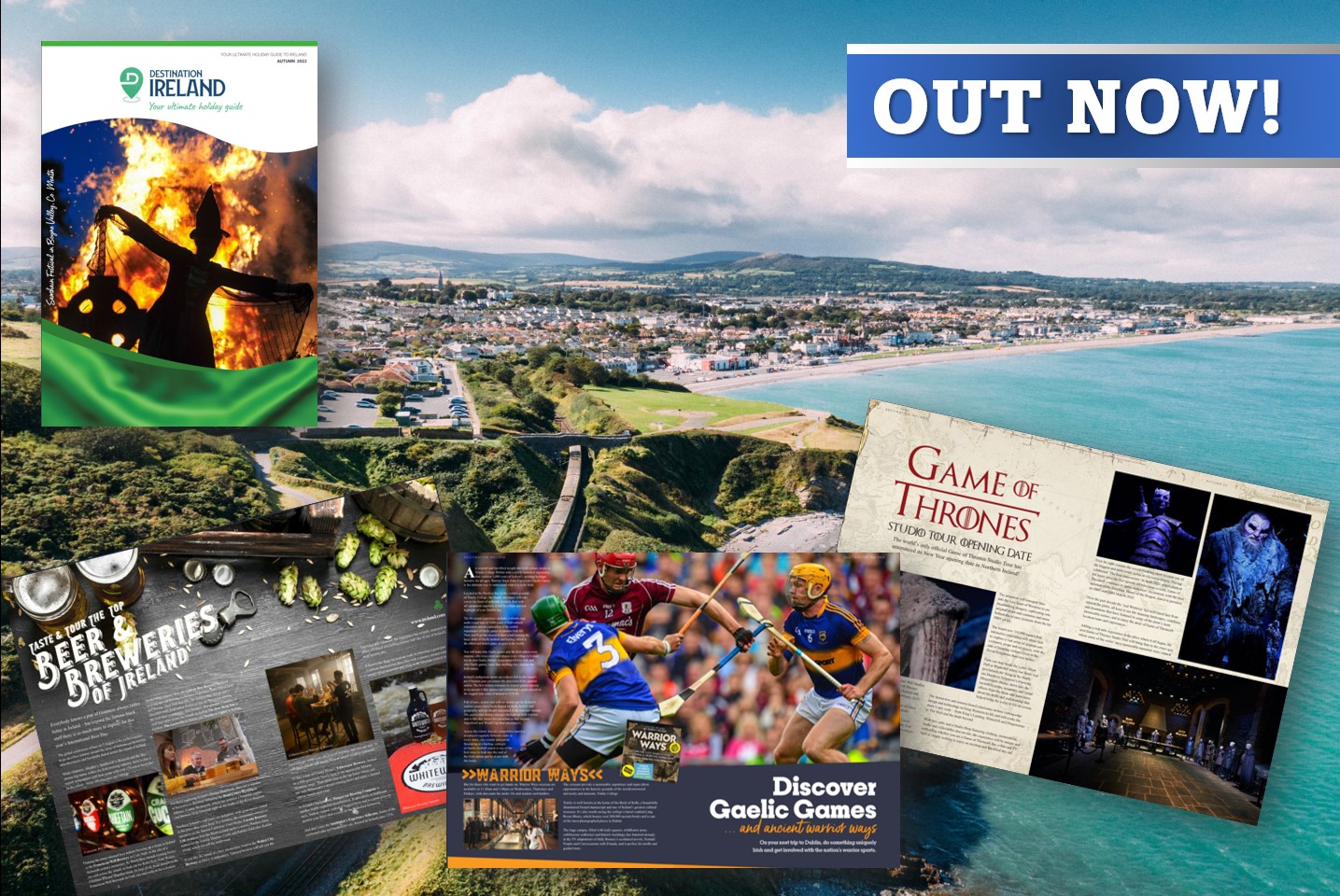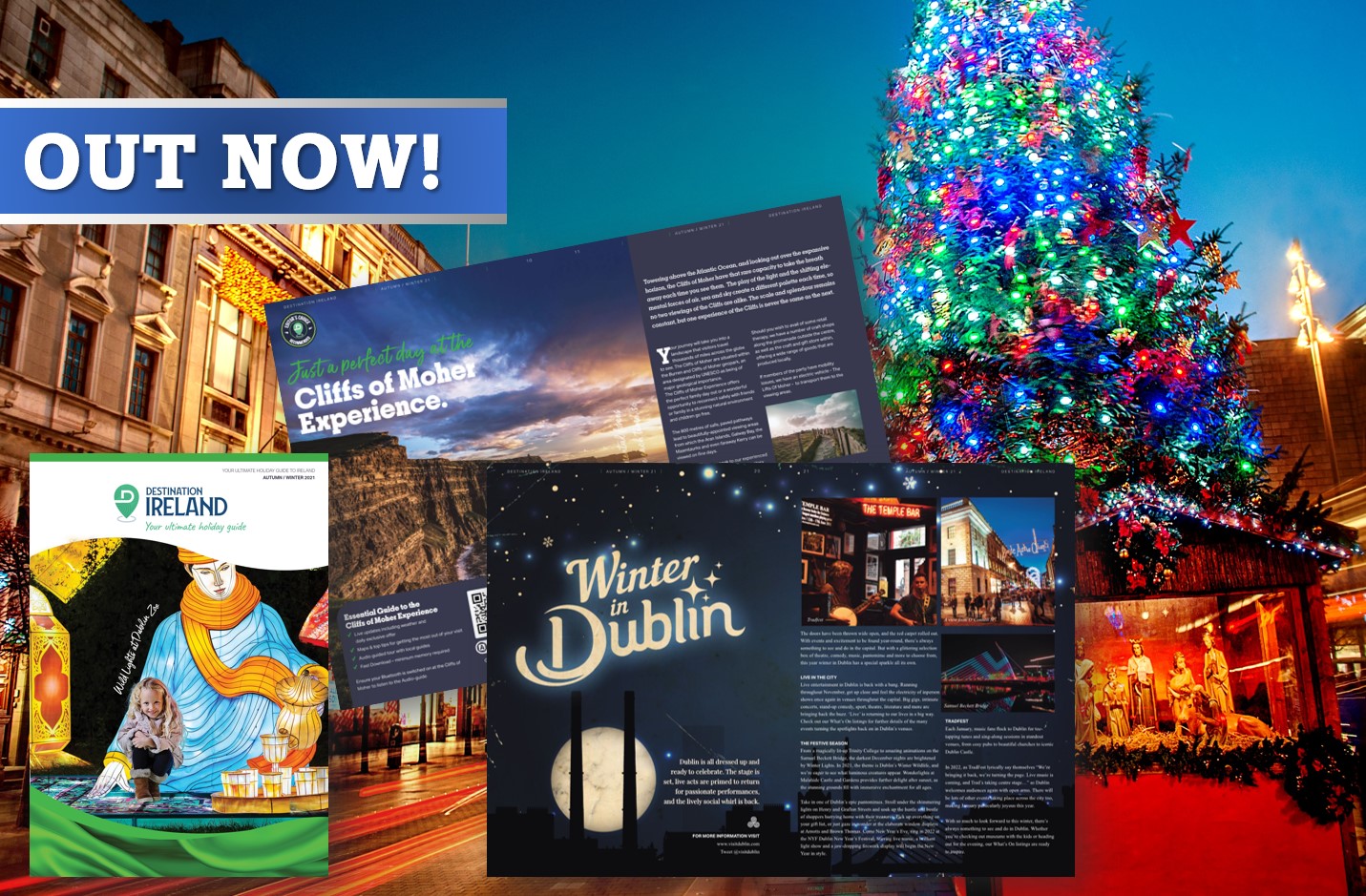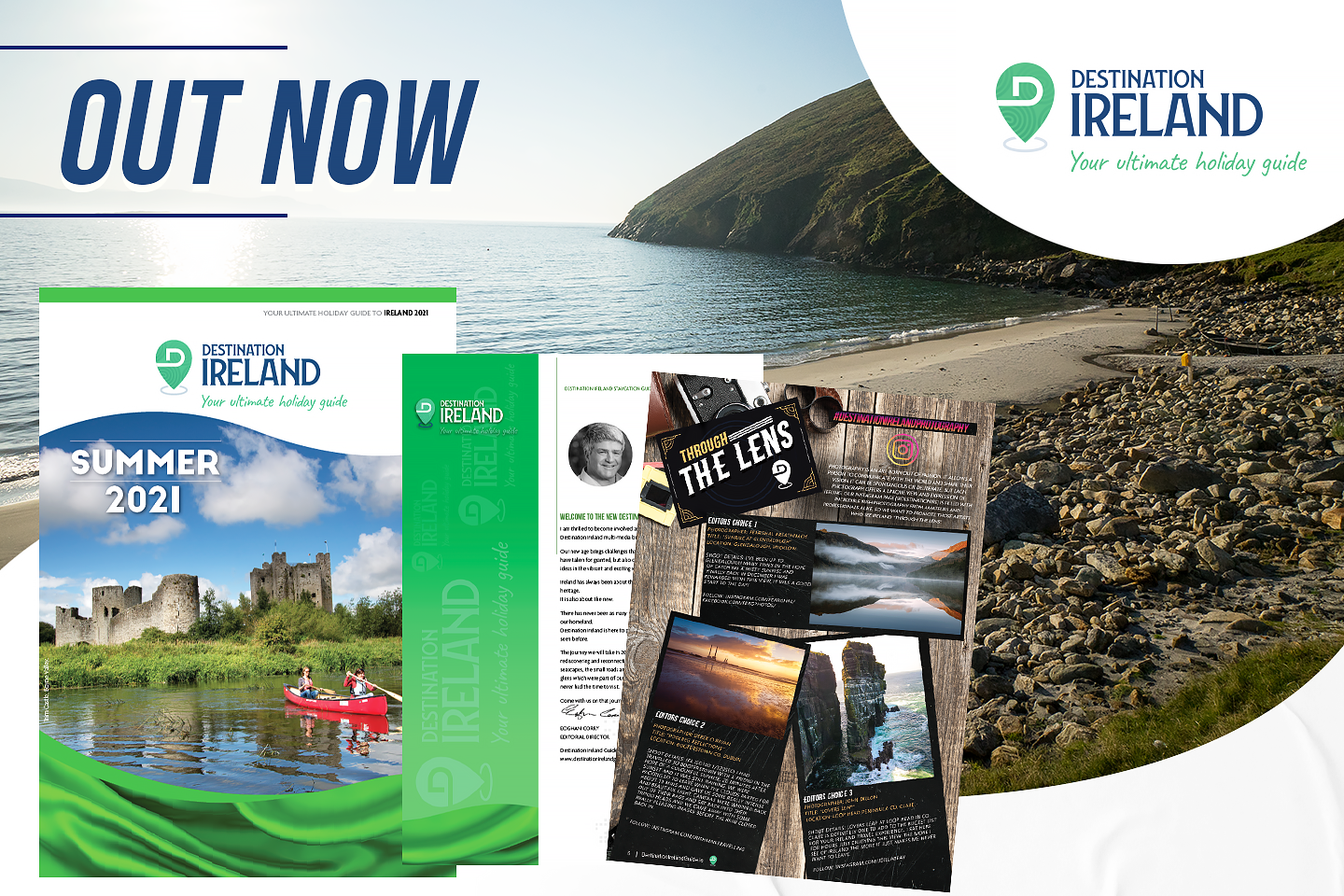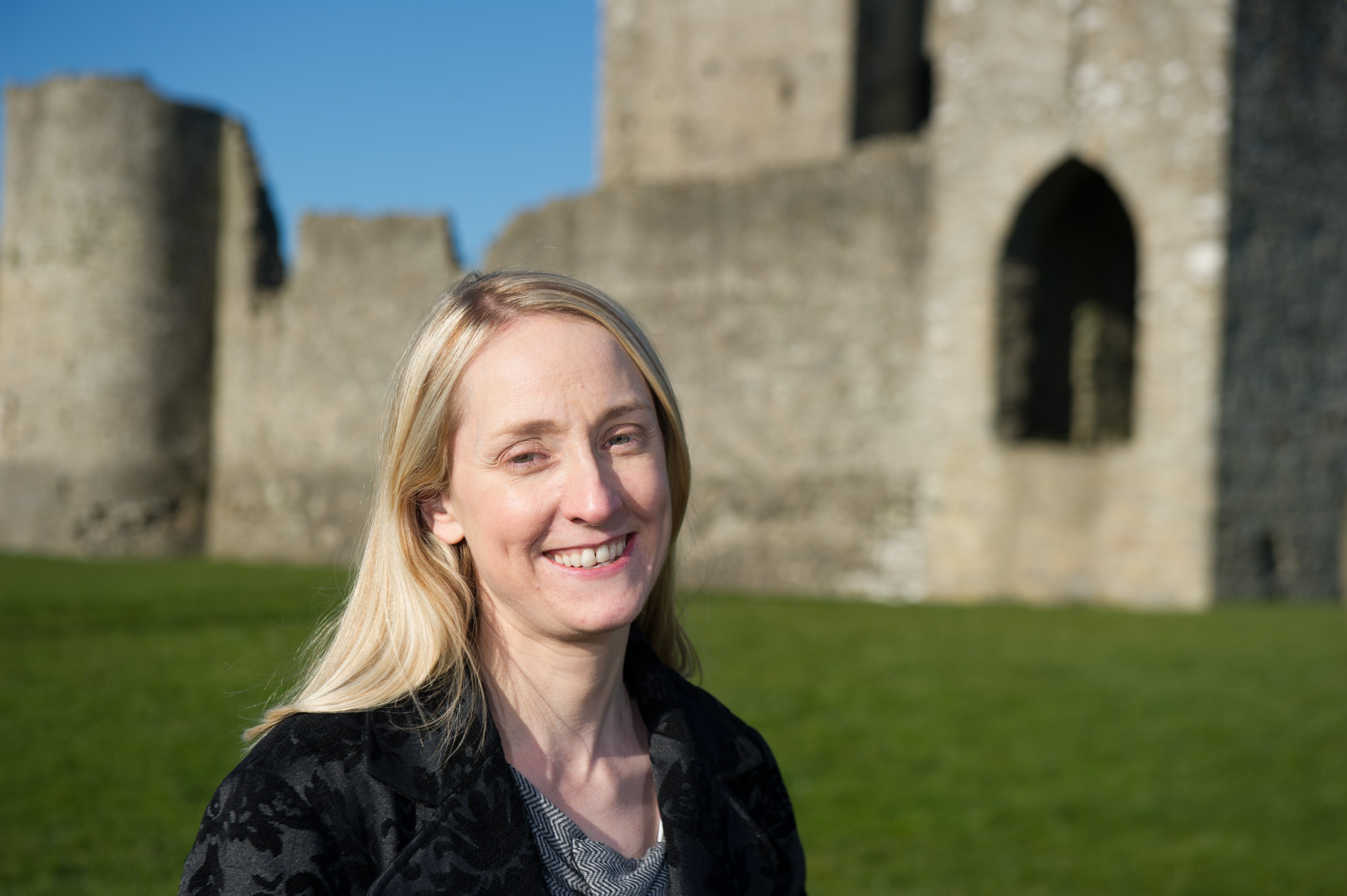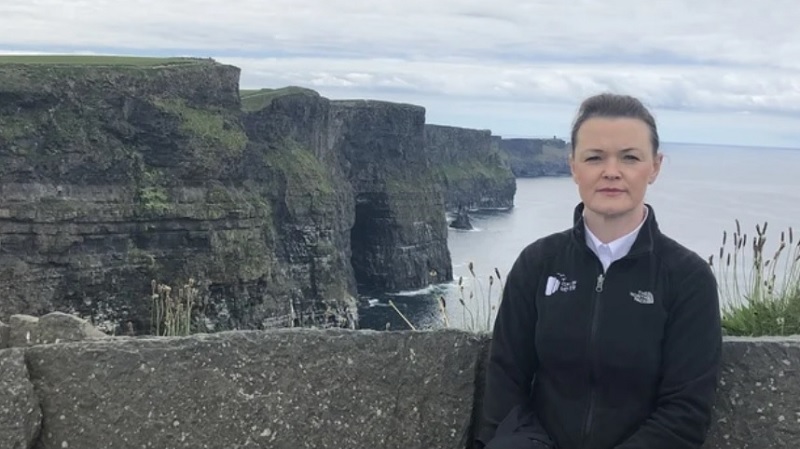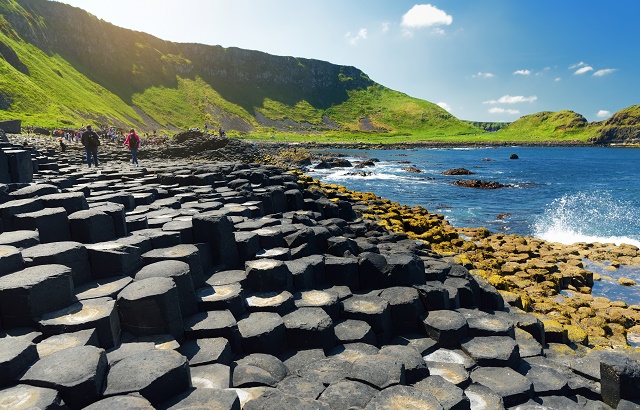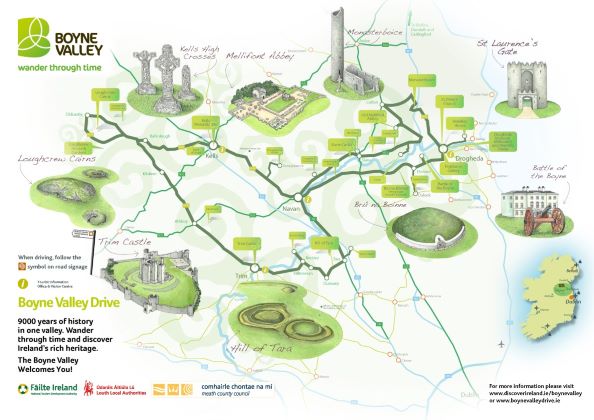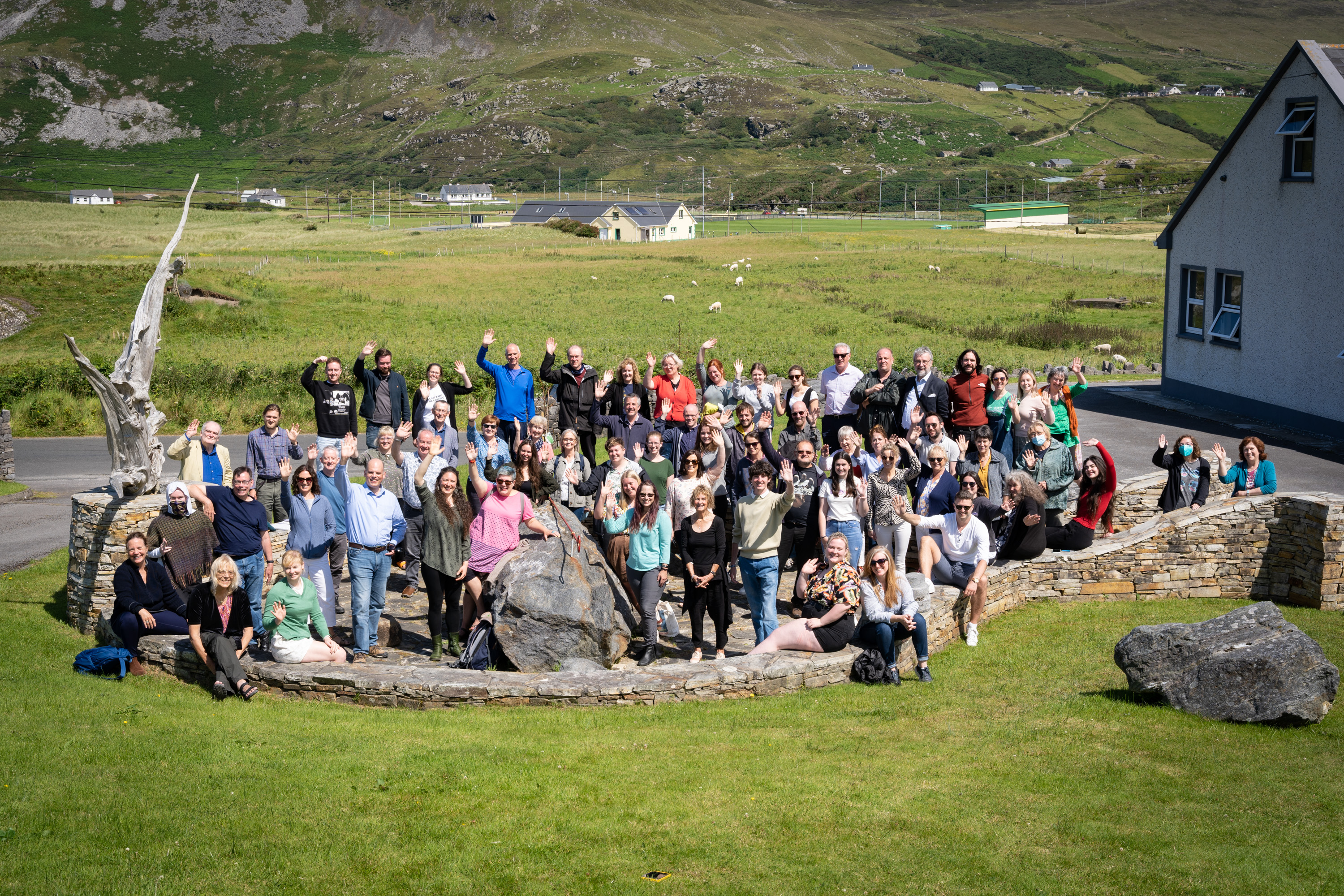Gaeilge, the language native to the island of Ireland, is undergoing an exhilarating revival. From vibrant theatres and trendy pubs to a variety of bilingual visitor experiences, Gaeilge is at the heart of a cultural resurgence that’s inviting locals and visitors alike to connect with Ireland’s unique heritage.
The beautiful, lyrical sound of the Irish language isn’t just pleasing to the ear, it’s also rich in history; according to many scholars, it’s the oldest written vernacular language in western Europe, dating back over 2,500 years.
Under British rule, Gaeilge became a minority language in Ireland, yet it was never allowed to die out and over the centuries, Ireland’s mother tongue was kept alive by people all over the island, with certain areas remaining predominantly Irish speaking.
In 1922, in a bid to ensure all citizens could speak their native language, many schools across the country began teaching all subjects ‘as Gaeilge’ (in Irish). But for many students, learning a language they wouldn’t use in everyday life was seen as a chore and they approached the ancient tongue of their ancestors with something akin to boredom.
A modern revival
However, the Irish language is not just surviving, it is thriving and enjoying a vibrant cultural moment. Once confined to the classroom, Gaeilge is enjoying a creative renaissance. A new generation proudly weaves their mother tongue into music, arts, fashion, and everyday life.
Artists like Hozier and The Mary Wallopers blend Irish Gaelic lyrics with folk, electro, and pop, proving Irish is as fresh and dynamic as any modern language. Festivals such as Other Voices and TradFest showcase Irish-language acts to eager audiences.
In fashion, brands like Pellador FC, De Búrca, and BEIR BUA boldly bring Gaeilge into streetwear and knitwear. Pellador’s retro Celtic jumpers fuse Irish sporting heritage with modern design, De Búrca features Gaeilge slogans and Irish proverbs in bold styles, and BEIR BUA’s recent collaboration with Beamish, a retro sports jersey in Cork red and Antrim gold, sold out instantly, capturing Ireland’s cultural revival.
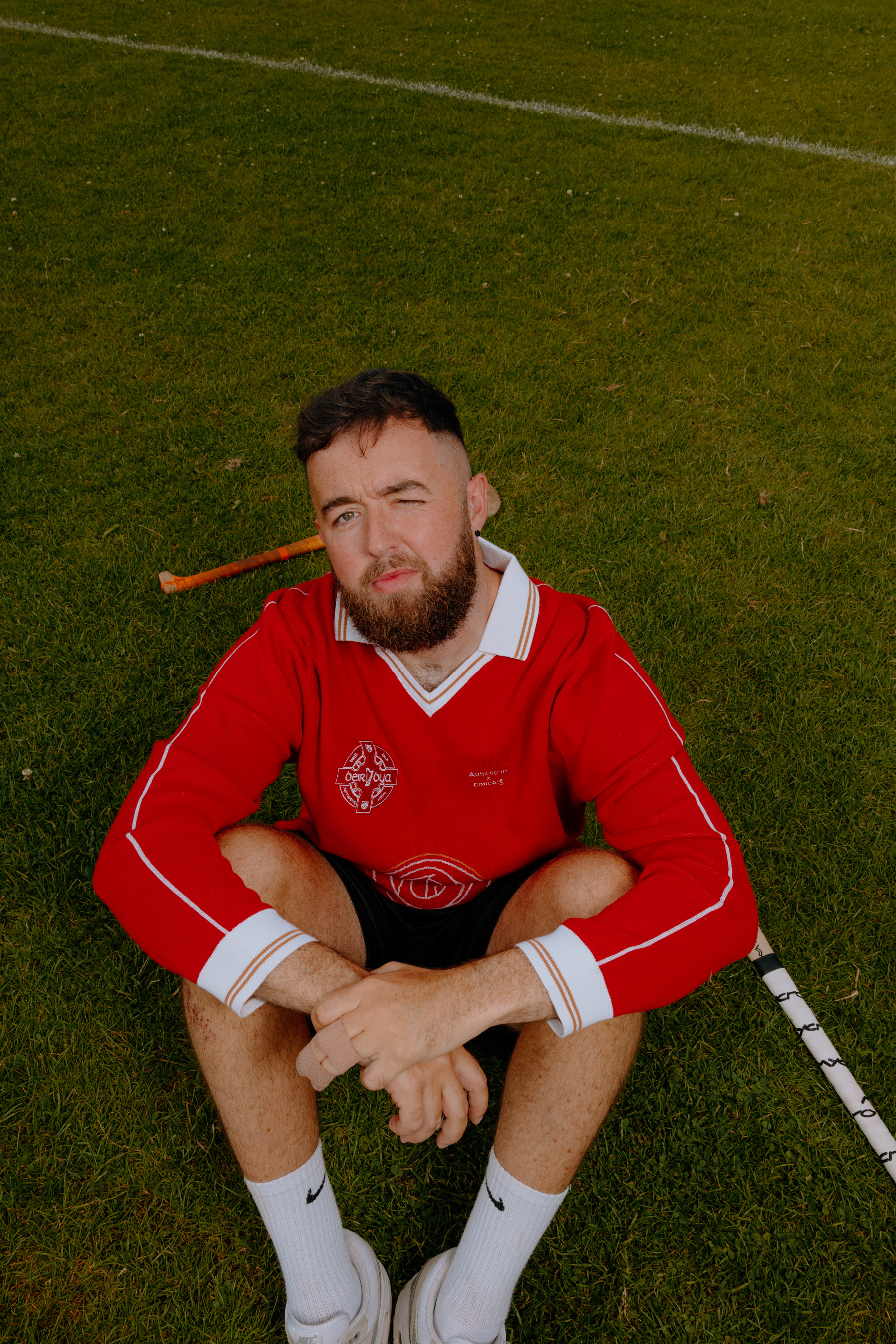
Gaelic typography is also on the rise, featured in branding for An Post, Beamish, Jameson, and more, turning heritage motifs into striking symbols of Irish pride.
This is not cultural nostalgia. For visitors, Gaeilge today is a living, expressive identity found in music, fashion, festivals, podcasts, and local meet-ups. Learning a cúpla focal (a few words) connects you to a creative, confident Irish community.
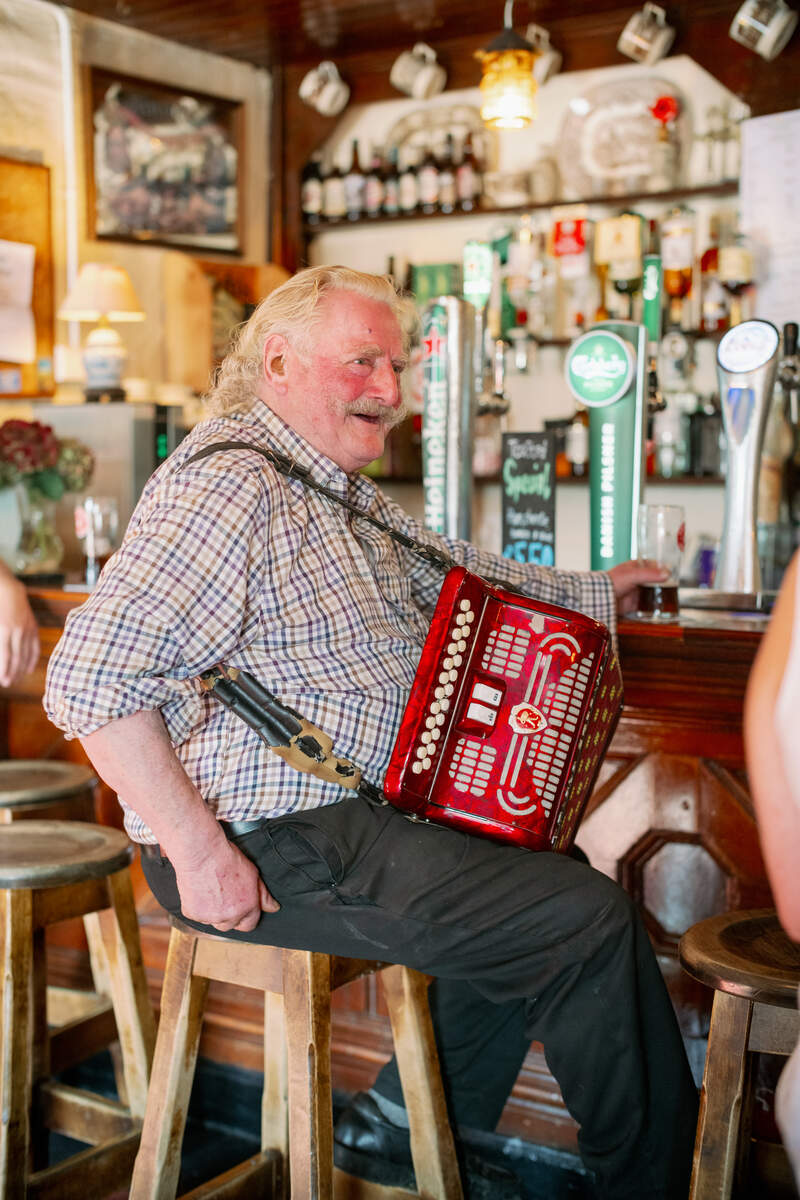
Across the island, Gaelscoils, Irish-language schools, have waiting lists, with nearly 70,000 students learning through Irish. Every summer, teenagers attend Irish-language camps where they enjoy sport, music, dance, and live with a ‘Bean an Tí’ (woman of the house), speaking only Irish.
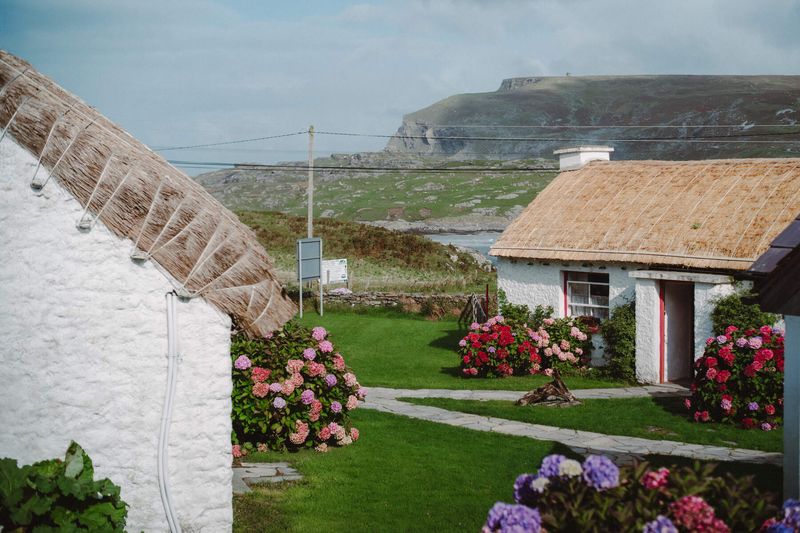
Across the island, there are waiting lists for the hundreds of Gaelscoils (schools where the curriculum is taught through Gaelic), and almost 70,000 students are currently learning all of their subjects through Irish.
In addition, every summer countless teenagers attend Irish-language summer camps. The much-loved tradition, which has become a rite of passage, sees the youngsters enjoy several weeks of sport, traditional music, dance and more, while living with a ‘Bean an Tí’ (woman of the house) and her family and speaking only Irish for the duration of their stay.
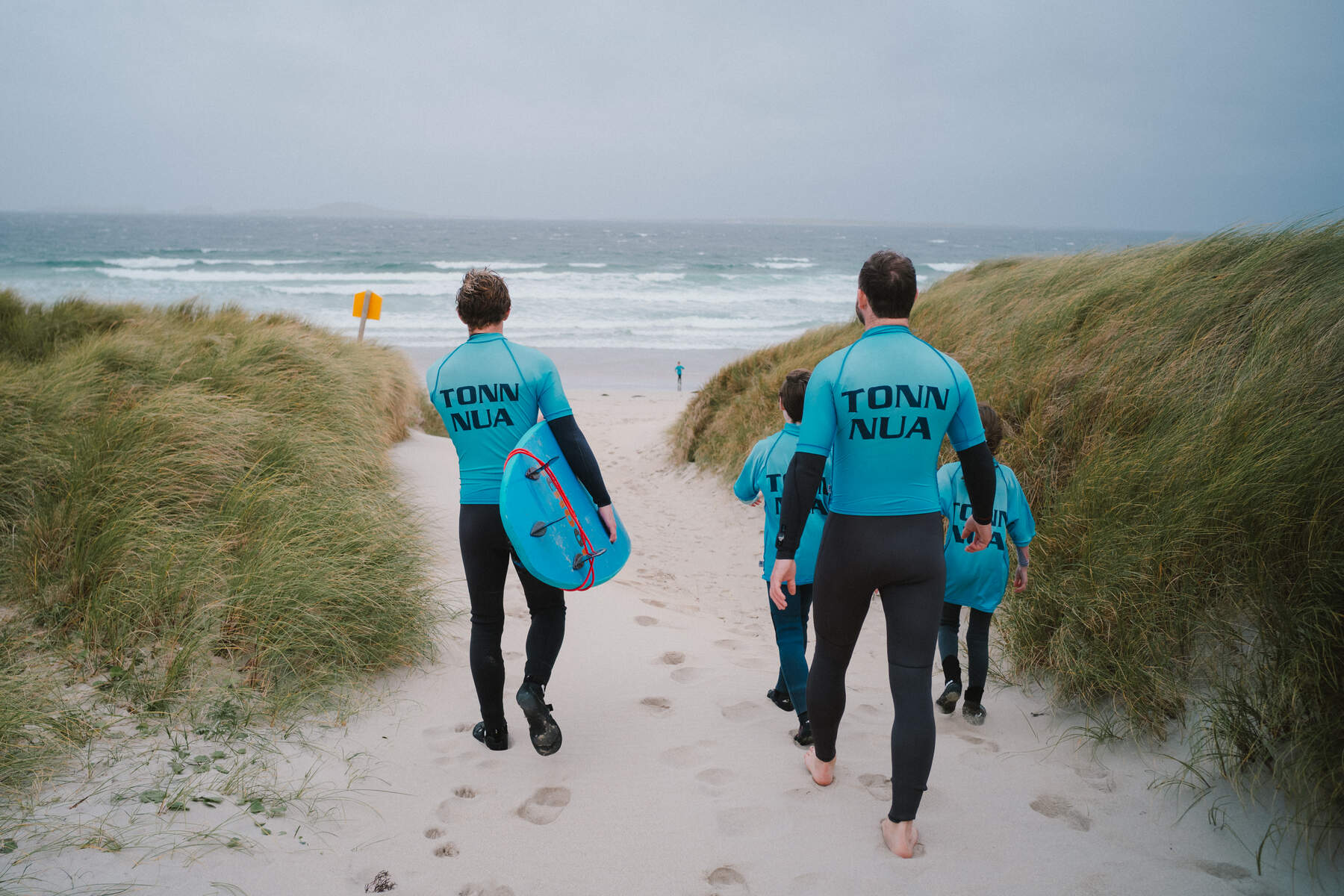
But it’s not just young people who are actively enjoying the revival of our native tongue. Adults both from Ireland and abroad are now signing up for activities and events or even one-off occasions where they can learn a ‘cúpla focal’ (a few words) of our unique language, while having fun and making new friends.
Máiréad Folan from Galway is one such person. She joined An Taibhdhearc – the National Irish Language Theatre in Galway city in a bid to learn more about the language through the medium of drama, a subject she is deeply interested in.
“What excites me most today is the way Irish-language theatre is reaching new audiences and finding renewed relevance,” she said. “Younger generations are connecting with the language and it’s a powerful thing to watch stories rooted in our culture come to life in ways which feel urgent, fresh and deeply human.
“I believe that for visitors to Ireland, Irish-language theatre offers something you won’t find anywhere else. It’s an immersion into a different way of seeing, hearing and feeling a story. It invites you into a connection with language and place that’s uniquely Irish and deeply moving.”
As an Irish native, Máiréad already had an understanding of the language, but An Taibhdhearc welcomes everyone into the fold regardless of whether they’re a fluent Irish speaker or have no knowledge of it at all. Various shows ‘as Gaeilge’ run throughout the year, with English-language audio access for people who want to follow what’s going on, and a café for anyone wishing to pop in and immerse themselves in an Irish-speaking environment.
Irish-language experiences
In 2026, Ireland celebrates 100 years since the formal recognition of the Gaeltacht regions – vibrant Irish-speaking communities dedicated to preserving and promoting the Irish language and culture. For anyone eager to experience the Ireland of old, a visit to these Gaeltacht areas is essential. They include the Aran Islands off the west coast, parts of Donegal, Galway, Kerry, and Mayo, as well as smaller regions in Cork, Waterford, Meath, and west Belfast.
Gaeilge & Fáilte is a project to promote tourism in these Irish-speaking regions. From the Croithlí Whiskey Distillery Experience in Donegal and Criostal na Rinne glassware studio tours in Waterford to the Tonn Nua Surf School in Mayo, these activities are captivating ways to experience the Irish language on a visit.
Anyone wishing to develop a better understanding of Gaeilge can enjoy an immersive holiday with Oideas Gael in Donegal, which offers language courses and cultural breaks in the stunning environs of one of Ireland’s most breath-taking counties. People can also choose to explore different areas of the country with Find my Ireland – these trips are perfect for beginners looking to improve their Irish in a welcoming space.
But visitors may just want to enjoy a night out or even an afternoon activity. Fortunately, there are many options available. PEIG holds conversation, walking and sports groups across Ireland, Club Áras na nGael is an Irish language-speaking pub in Galway, while Hynes Bar in the hip Stoneybatter neighbourhood of Dublin offers a discount on drinks ordered through Irish, so it’s a great incentive to practice. In the west, Connemara Pub Tours stops by Irish-speaking bars for trad music sessions and storytelling, with conversational Gaeilge flowing alongside pints of Guinness.
Some people will prefer the formal environment of a classroom, and Gael Linn offers courses in Irish language and culture for adults, designed for learners with no prior knowledge. In Belfast, Cultúrlann has something for everyone, from classes and music gigs to poetry readings and visual arts.
A final ‘cúpla focal’
Having no experience of the language, but an interest in learning is something that Liz Walsh can relate to. With family roots in Ireland, the Boston woman always wanted to learn a few words, so on her last visit to the west coast, she decided to see what she could soak up.
“I love the whole idea of Gaelic – firstly because it’s such a beautiful and old language, but also because my ancestors would have spoken it,” she said. “I have been to Ireland on several occasions and once we unintentionally ended up in an Irish-speaking part of Kerry, which I found fascinating. So, last year, my husband and I went to the island of Inis Mór so we could stay where people spoke the language regularly. We also enrolled in a class and learned some of the basics: ‘please’, ‘thank you’, ‘hello’, ‘goodbye’ and other pleasantries.
“We are planning to go back to Ireland next year and for sure, I’ll be doing another class somewhere. So many people don’t know that the Irish language is still in existence – but it is very much alive, and understanding a few words is very doable and so rewarding – it made me feel very proud of myself and I’m looking forward to learning more.”
To speak even a few words of Irish is to brush against the soul of the island – to echo the sounds of its ancient landscape, its myths, and its people. For those seeking a deeper connection to Ireland, Gaeilge is more than a language; it’s a thread that ties them to a living tradition, still resonating through its mountains, coastlines, and centuries.”






